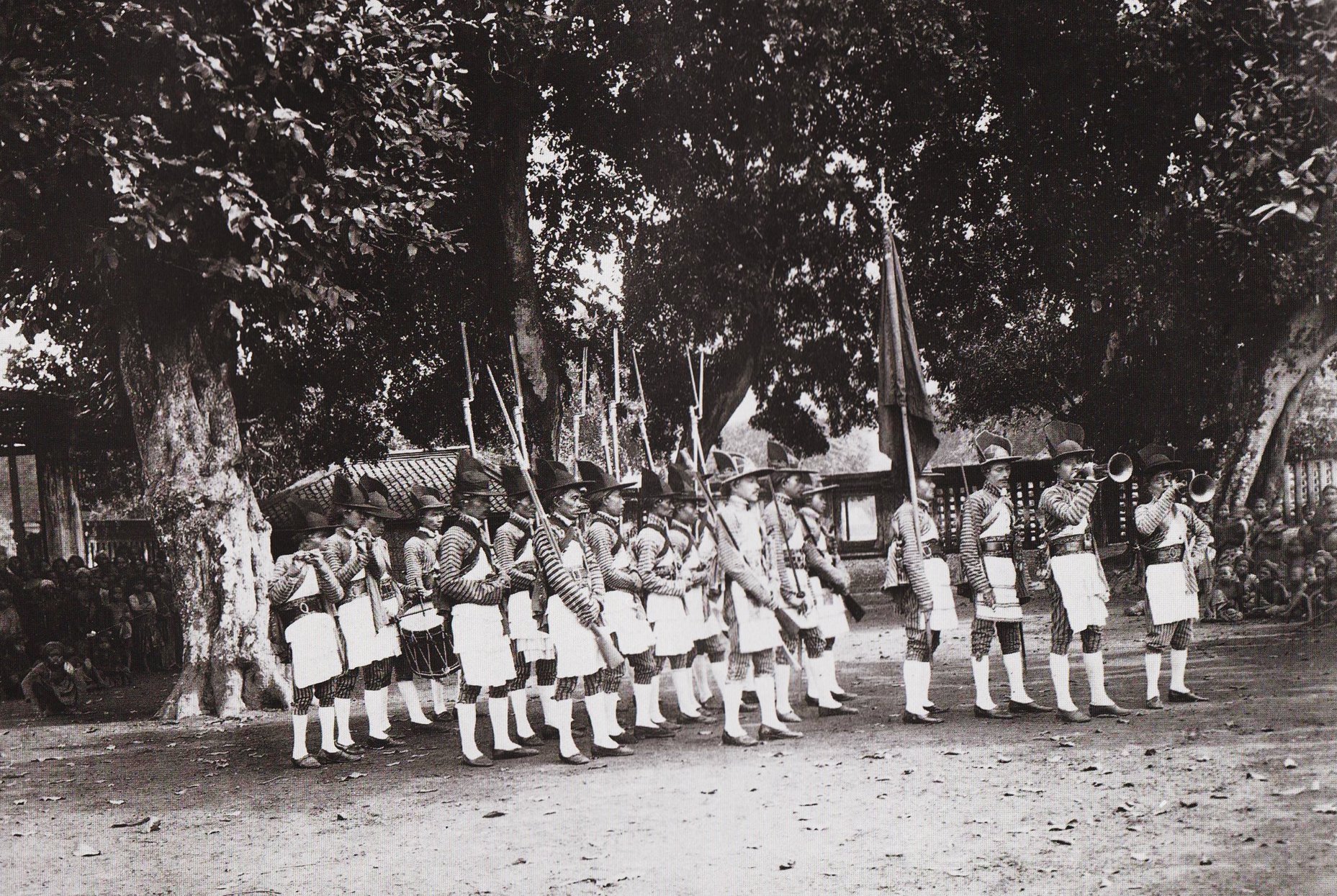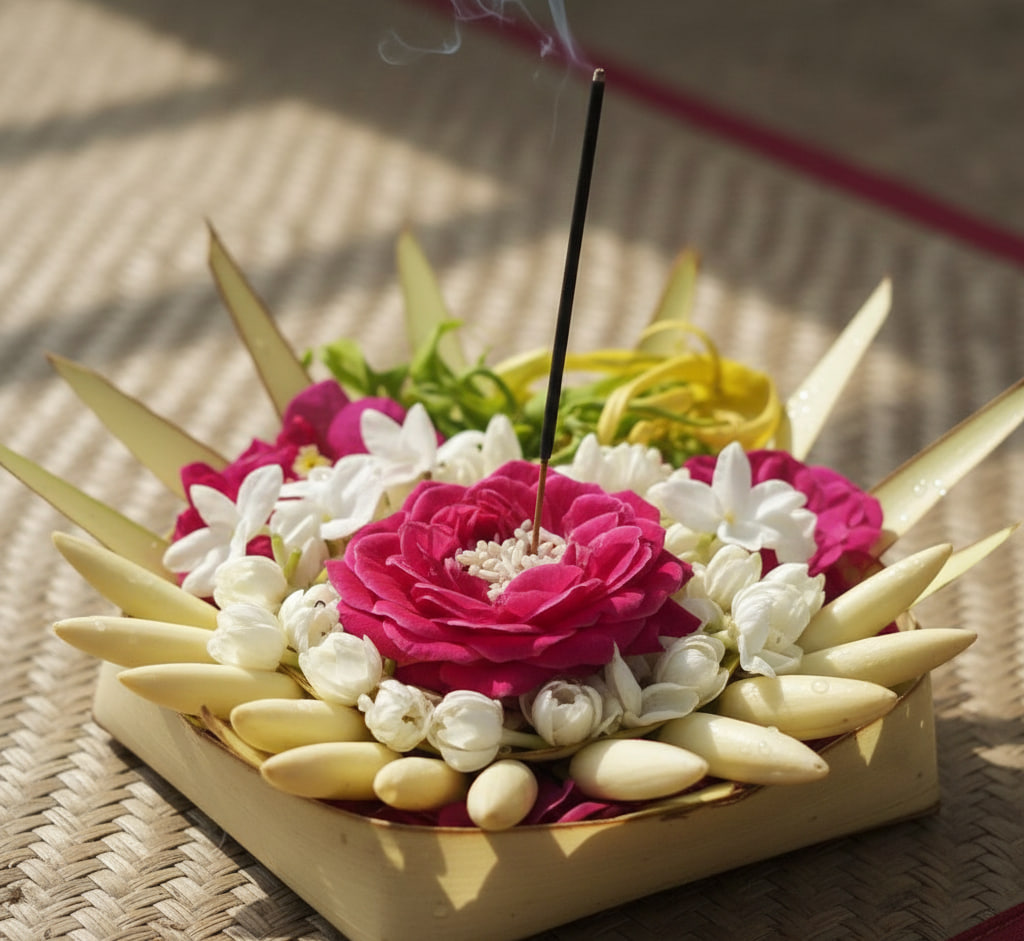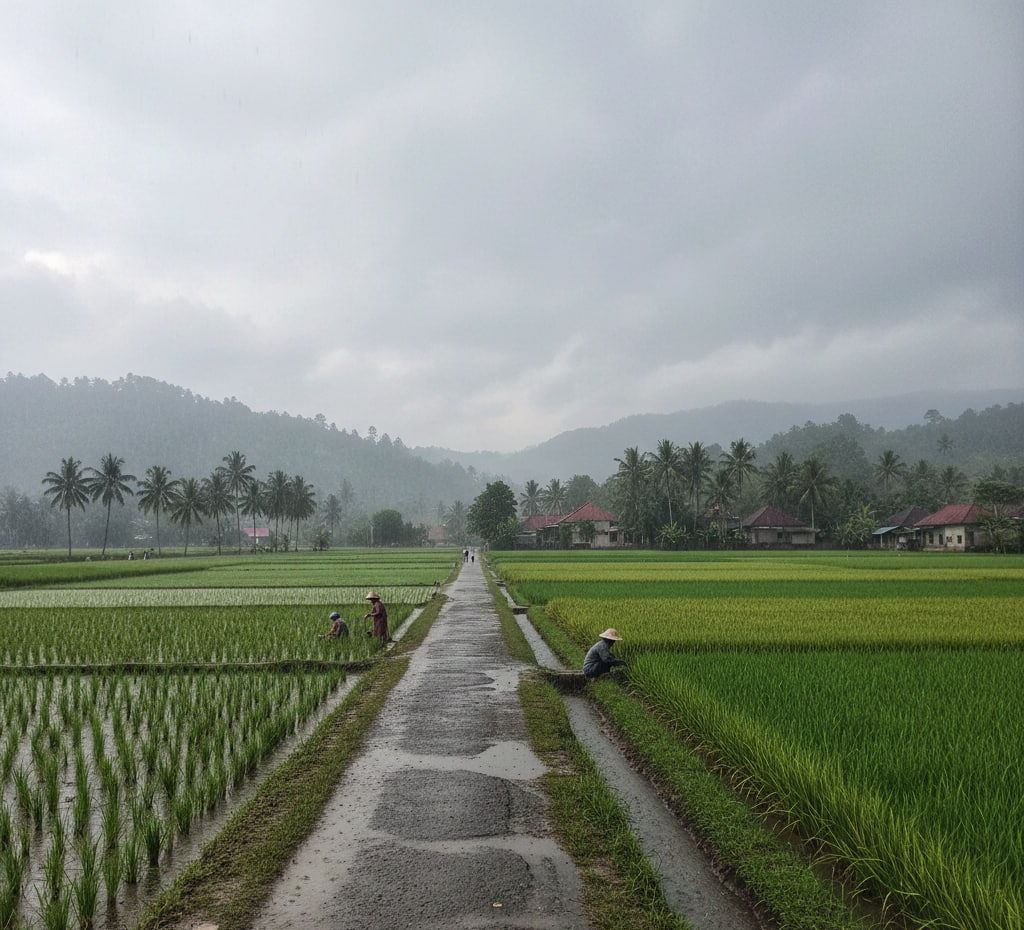News
Sana Budaya : From Orientalism until Nasionalism 1
The existence of the Sonobudoyo Museum in Yogyakarta is an important monument in the development of modern studies on Javanese culture which was pioneered by the collaboration of Dutch scientists and Indonesian scientists. The presence of this museum goes through a very long and parallel process with efforts to develop humanities knowledge in Indonesia. Before discussing the history of the Sonobudoyo Museum building, it is necessary to understand the political and cultural developments behind it.
The presence of the Sonobudoyo Museum in Yogyakarta is the result of the intellectual and ideological interaction of colonial intellectuals and their protégés, namely indigenous intellectuals. Indigenous intellectuals were part of a large colonial mission known as the "imperial mission." The great mission of colonialism was to build the power of the Greater Netherlands which consisted of the mother country and its colonies, especially in Asia, Africa, and America. In Indonesia itself, colonialism has its roots 200 years before the formation of the colonial state in the early twentieth century. At that time the VOC expanded its trade mission to the archipelago and built a trading empire by slowly acquiring large territories in the archipelago. Since then, there has been an intensive relationship between the two nations, in terms of political and cultural relations.
Although the main foundations of the relationship are generally based on trade benefits, in international relations an intensive understanding is applied between the two. Differences in language, culture, and religion are the initial problems that must be communicated in building these relationships. Therefore, the first knowledge that developed in the humanities during the pre-colonial period was knowledge of language, religion and culture. Over time the Dutch people began to understand the local language and culture and vice versa, although not yet strongly institutionalized.


